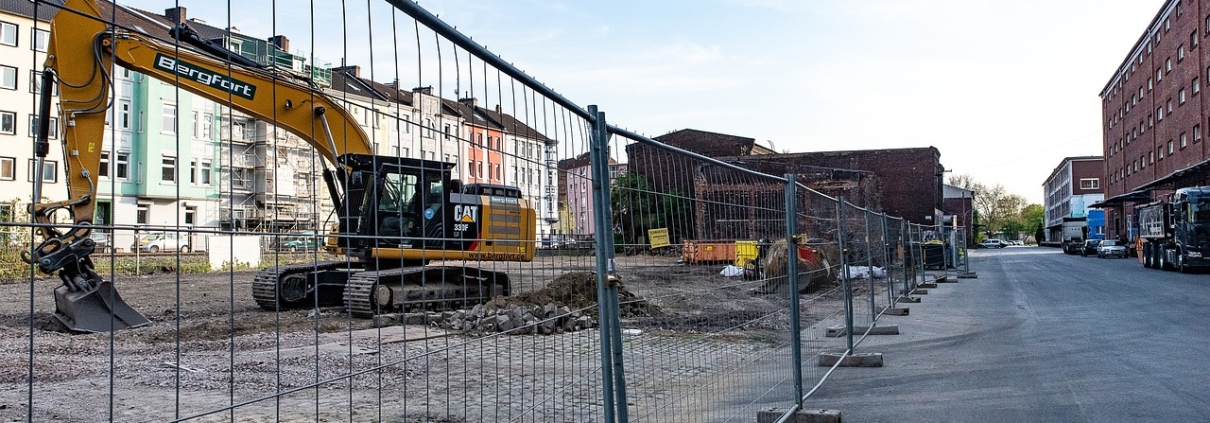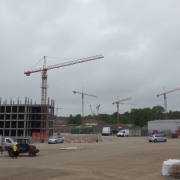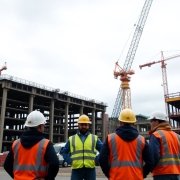Early Security Planning: The Foundation of a Safe Construction Project
Security is often treated as an afterthought during the early stages of a construction project. Teams typically focus on equipment, scheduling, and safety protocols, yet fail to recognise that security is a crucial pillar of overall site safety and efficiency. When security measures are integrated into planning from the first day, they prevent loss, reduce delays, and improve legal compliance.
Modern construction environments face multiple risks — from theft and vandalism to unauthorised access and data breaches related to digital site systems. Addressing these vulnerabilities early ensures smoother project execution and a safer workplace for everyone involved.
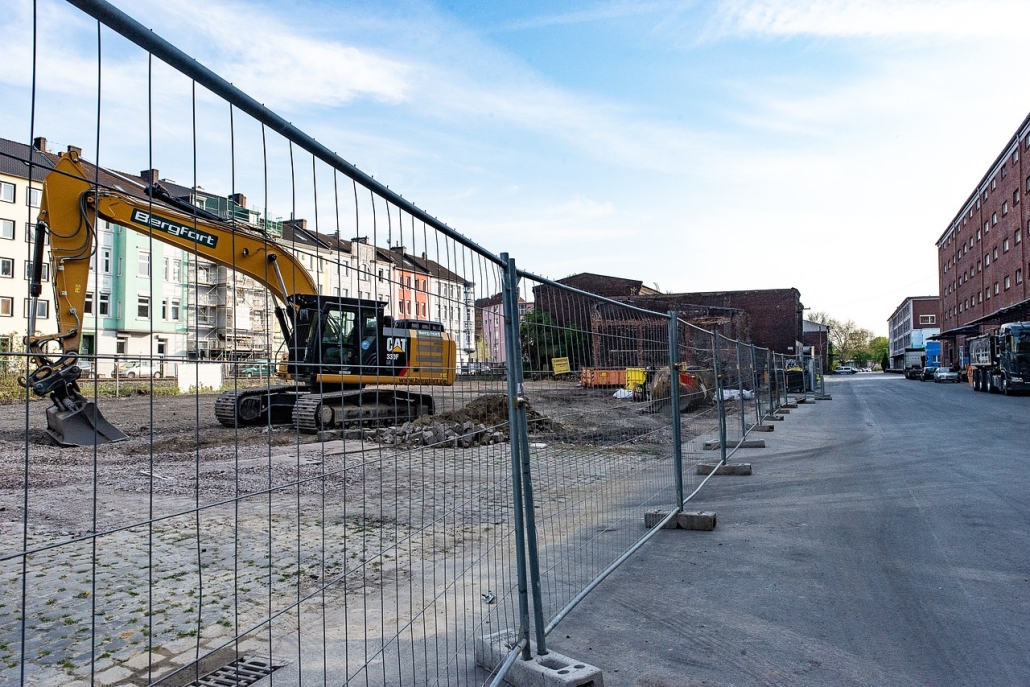
Why Early Security Planning Matters in Construction
Every construction site — from compact residential builds to complex infrastructure projects — carries unique risks. Early security planning helps identify and manage these risks before they lead to costly issues. When project managers include security measures from the beginning, they protect not only equipment and materials but also people and processes.
A secure construction site is less likely to experience theft, vandalism, or unauthorised entry. These incidents can delay schedules, increase costs, and create legal complications. By integrating robust security strategies during the planning phase, teams can reduce these threats and maintain operational continuity.
Another essential factor is regulatory compliance. In the UK, the Construction (Design and Management) Regulations (CDM) require early-stage planning for health and safety — and security directly supports those obligations. When a site is regulated, monitored, and protected from the start, compliance becomes much easier to achieve and maintain throughout the project lifecycle.
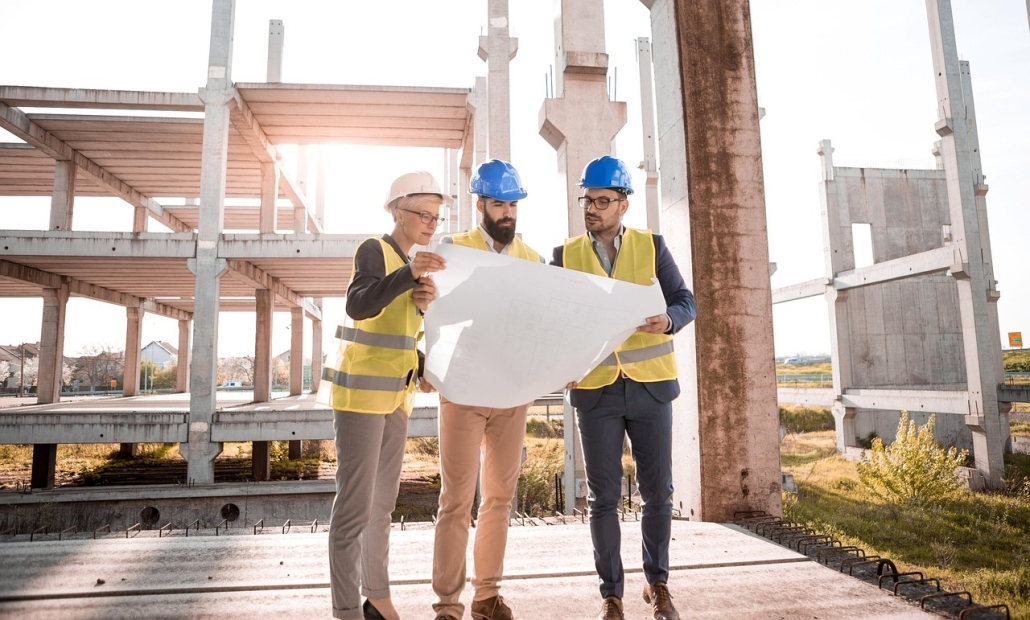
Key Benefits of Early Security Integration
Early-stage security planning is not just about preventing incidents; it’s about building a safer, more efficient, and compliant work environment. Below are some of the main advantages:
1. Improved Site Safety
When access is controlled and movement on-site is monitored, accidents related to unauthorised entry decrease significantly. Security fencing, gates, and signage help define clear working zones, protecting both workers and the public.
2. Reduced Project Delays
Theft or vandalism can bring construction work to a standstill. Stolen tools or damaged materials take time to replace, causing disruption. With preventive security measures in place — such as alarm systems and 24/7 surveillance — downtime can be minimised.
3. Legal and Insurance Compliance
Early security planning demonstrates due diligence, which supports compliance with safety regulations and insurance requirements. Insurers often offer better terms for sites that have documented and enforced security protocols.
4. Cost Control and Operational Efficiency
By avoiding theft, accidents, and project interruptions, construction firms save on both replacement costs and time. This allows for better resource management and a smoother workflow throughout the project’s duration.

Essential Security Steps for Construction Sites
Each construction project has unique layouts, equipment, and risks. However, some security measures are essential for every site, regardless of size or scope. Implementing these from day one helps create a consistent and secure working environment.
1. Establish Strong Perimeter Controls
Fencing, locked gates, and clear entry points are fundamental. They prevent unauthorised access and define where workers and visitors can safely move. A secure perimeter also discourages vandalism and trespassing after hours.
2. Install CCTV and Remote Monitoring
Modern CCTV systems operate 24/7 and can connect directly to mobile or monitoring centres. Real-time surveillance enables rapid responses to suspicious activity, especially on weekends and during non-working hours.
3. Introduce Access Control Systems
Track who enters and leaves the site through ID badges, digital access logs, or gate security staff. This helps verify authorised personnel, protect company assets, and maintain accurate attendance records for compliance purposes.
4. Employ On-Site Security Guards and Mobile Patrols
Human presence remains one of the most effective deterrents. Trained guards provide visible protection, handle emergencies, and coordinate with local authorities if necessary. Routine patrols strengthen surveillance during off-hours.
5. Integrate Alarm and Response Systems
Alarm monitoring can detect unauthorised activity instantly. Automatic alerts notify keyholders or security teams, ensuring immediate action and minimising potential damage or theft.
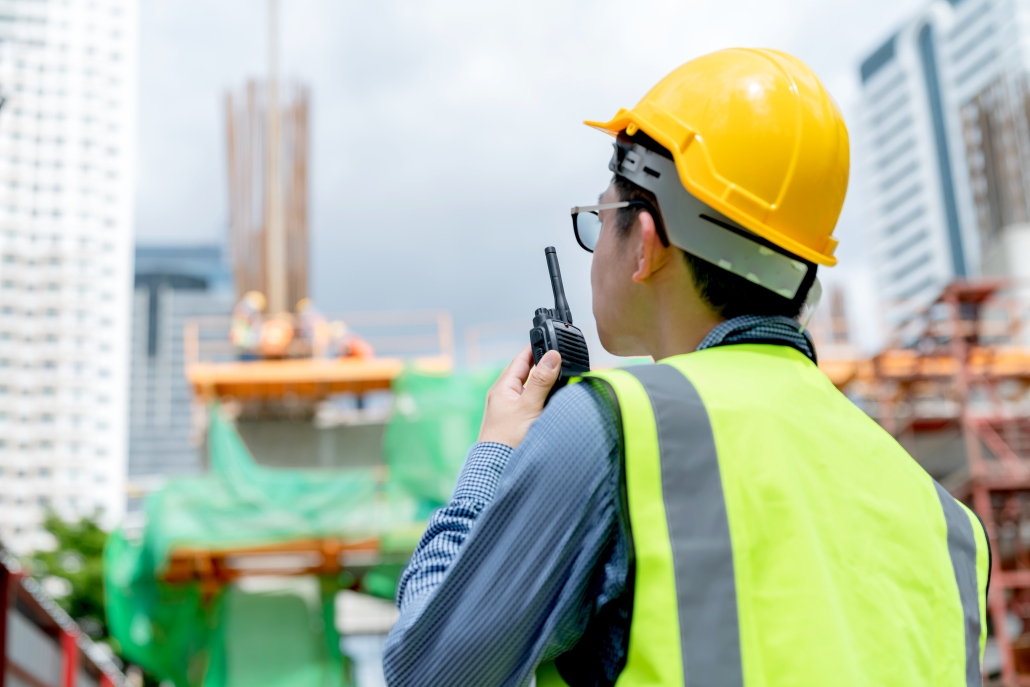
How Early Security Planning Improves Project Outcomes
Embedding security within the earliest project phases sets the tone for efficiency, safety, and collaboration. A well-designed security framework ensures all stakeholders — from contractors to suppliers — understand their roles and responsibilities.
1. Comprehensive Risk Assessments
Early security planning involves identifying potential risks before they occur. Project managers can map vulnerable areas, such as temporary storage zones or blind spots, and allocate suitable protective measures to mitigate them.
2. Better Coordination Across Teams
When security responsibilities are clear, coordination improves. Contractors, site managers, and external partners can work seamlessly under a shared safety plan, reducing communication gaps and preventing errors.
3. Stronger Culture of Awareness
Introducing security at the planning stage establishes awareness among everyone on site. Workers become more conscious of reporting suspicious activity and following access procedures, which reinforces both security and safety standards.
4. Reusable Framework for Future Projects
A well-developed security plan can serve as a model for future builds. Documenting protocols, technology use, and lessons learned enables consistent improvement and long-term efficiency across multiple projects.

